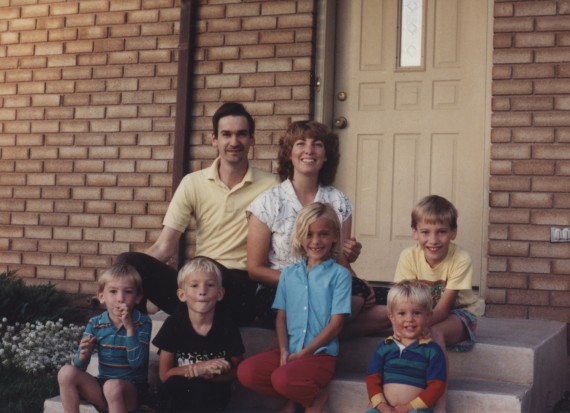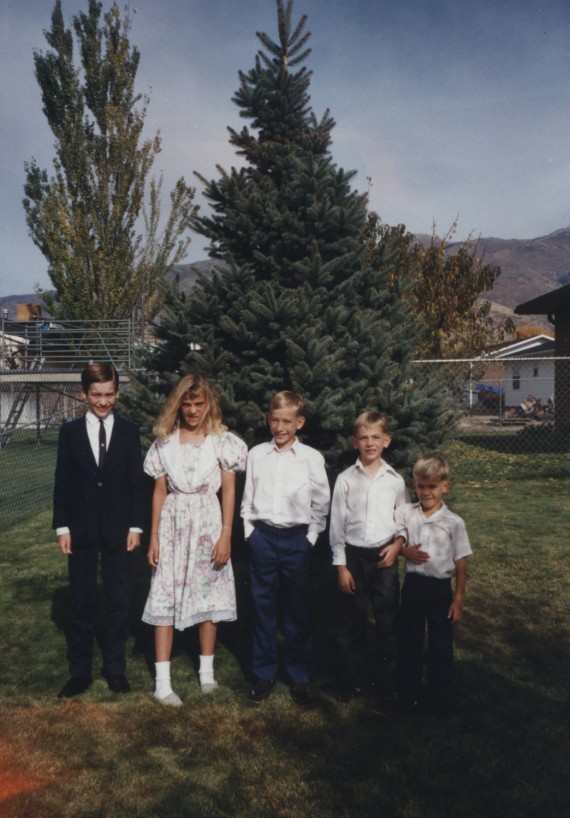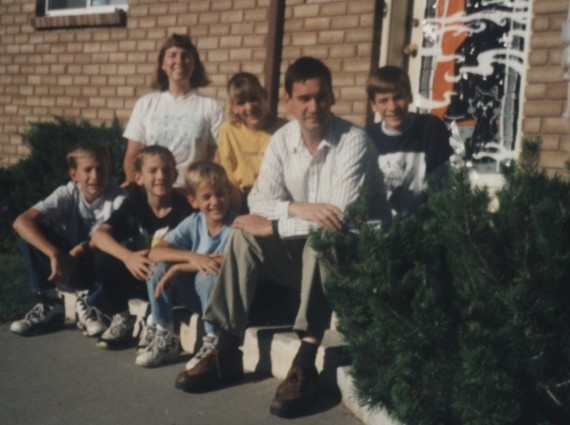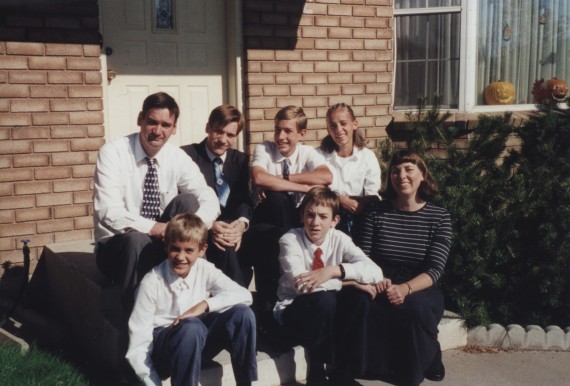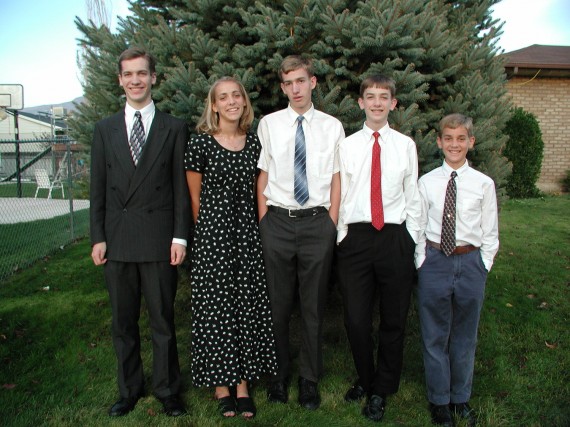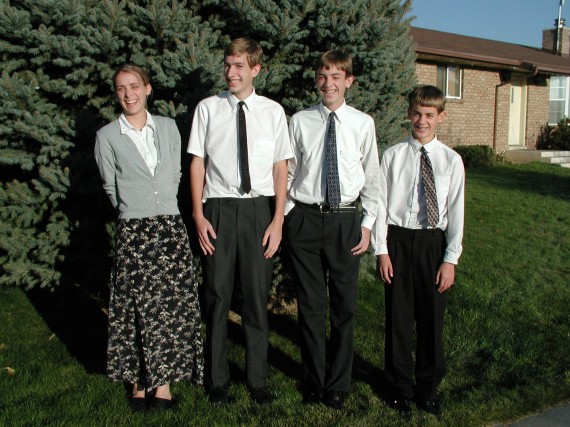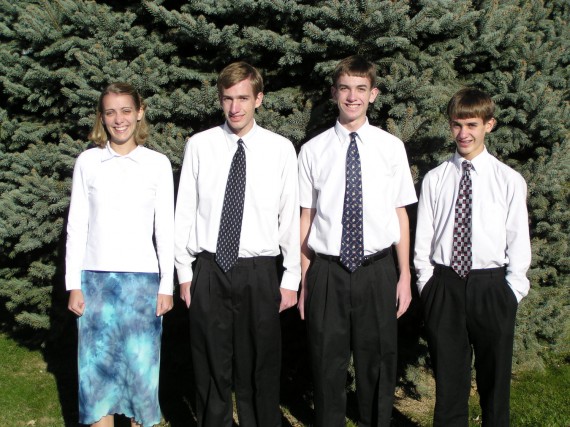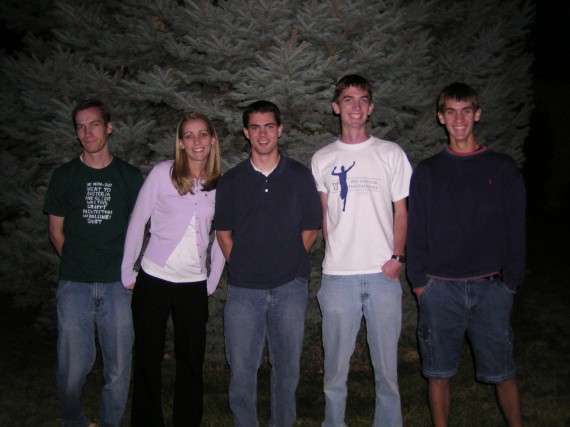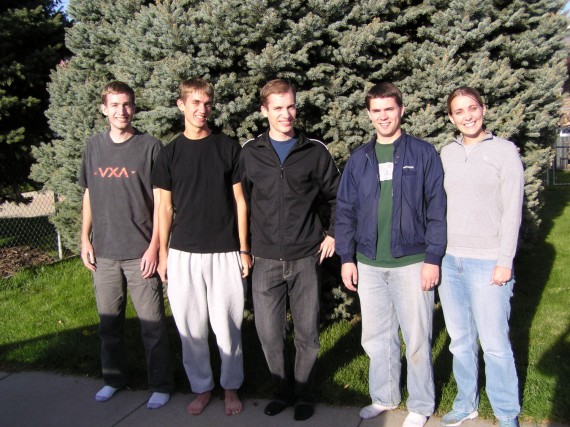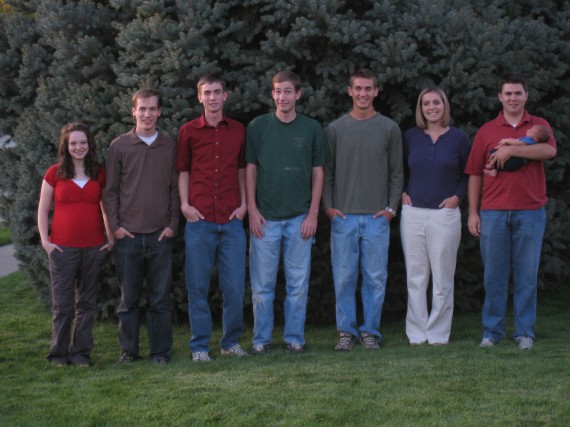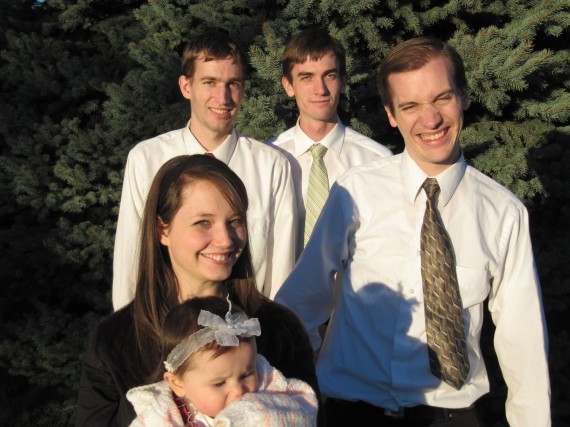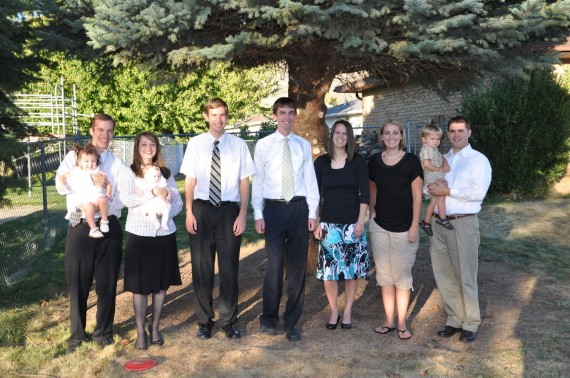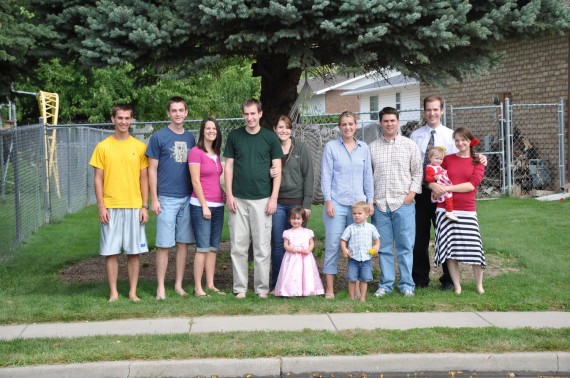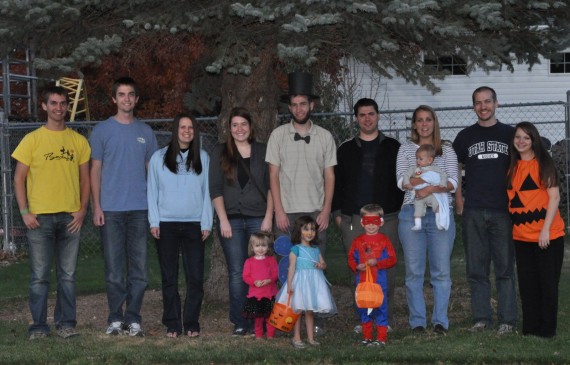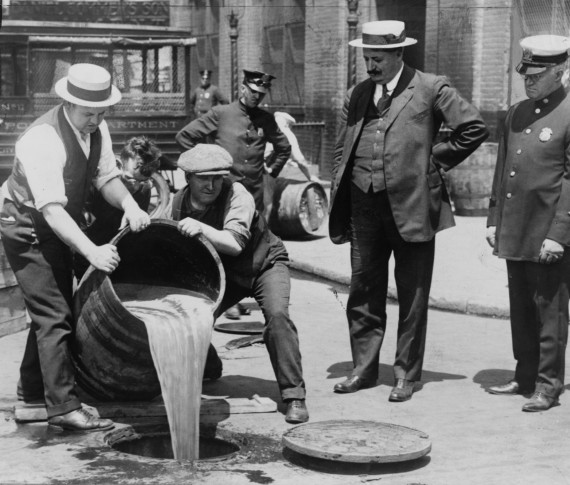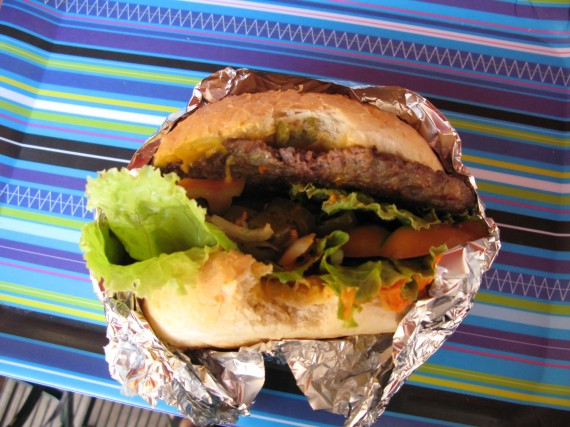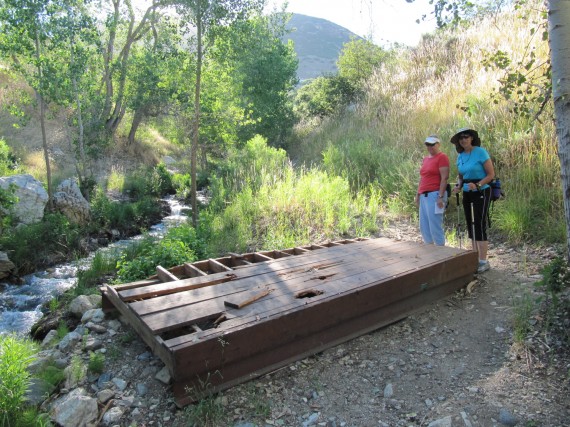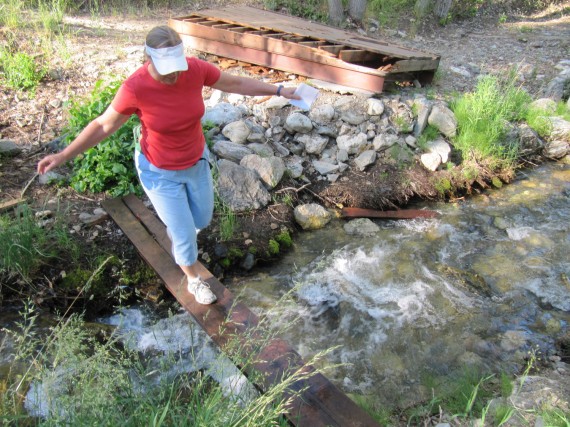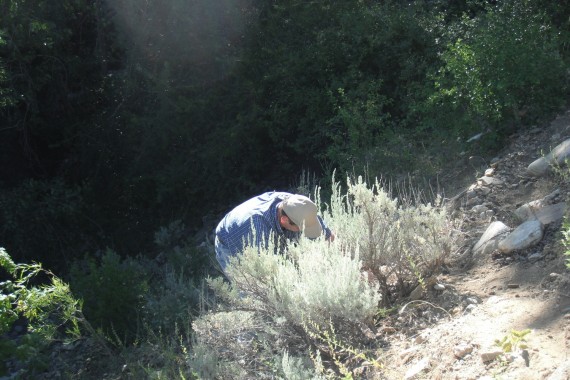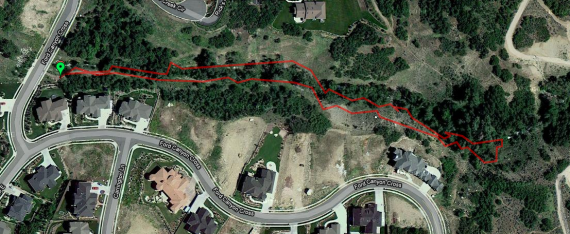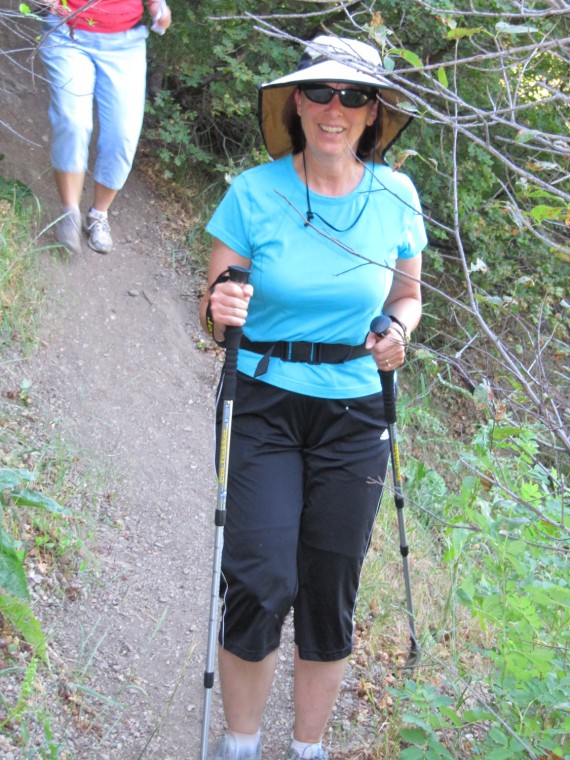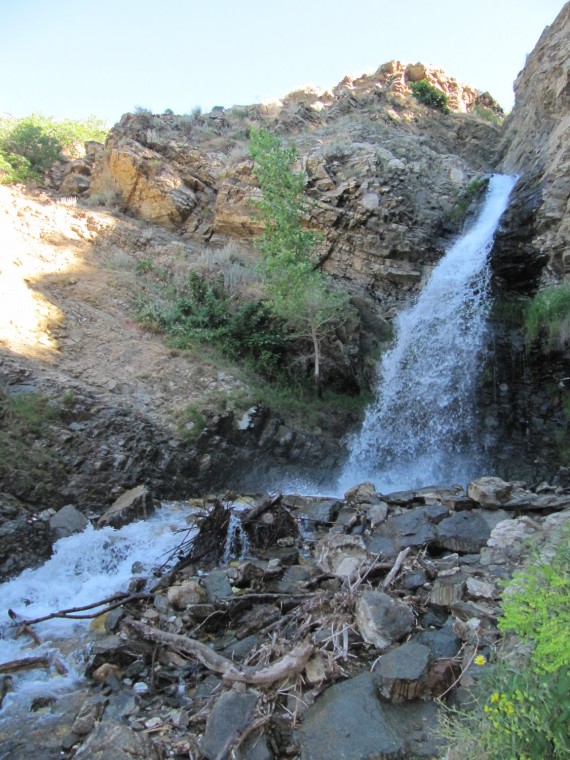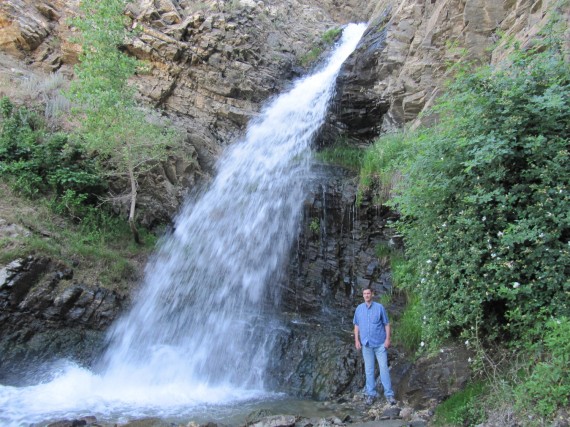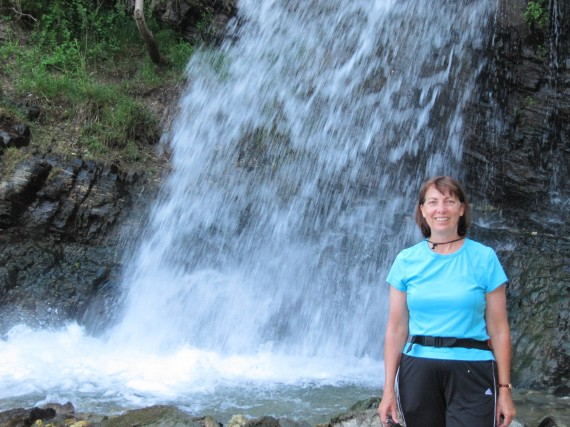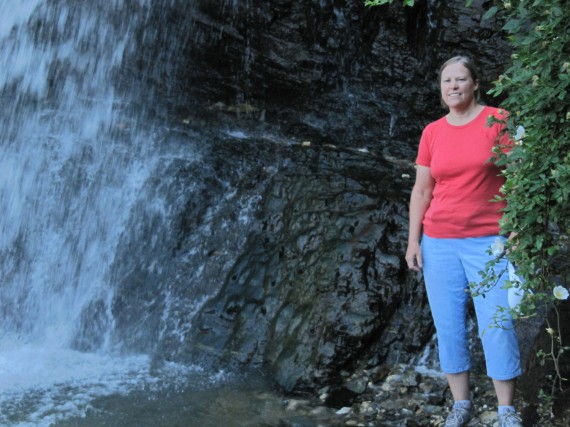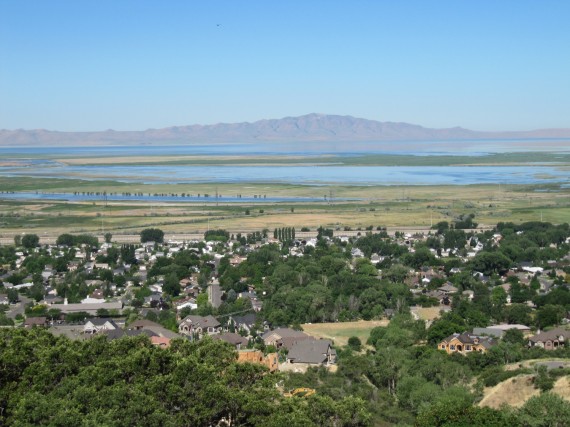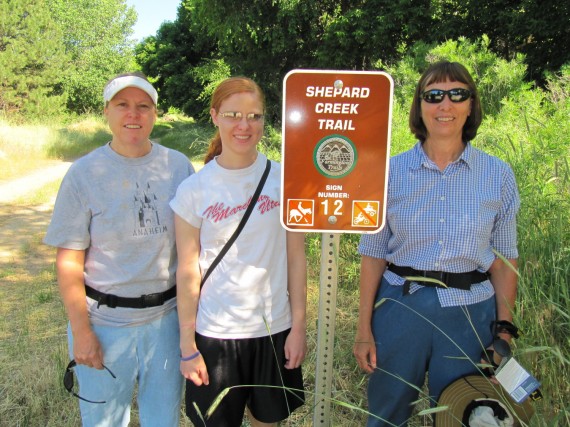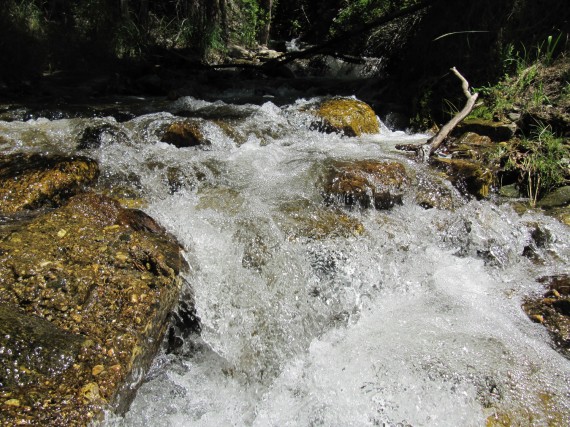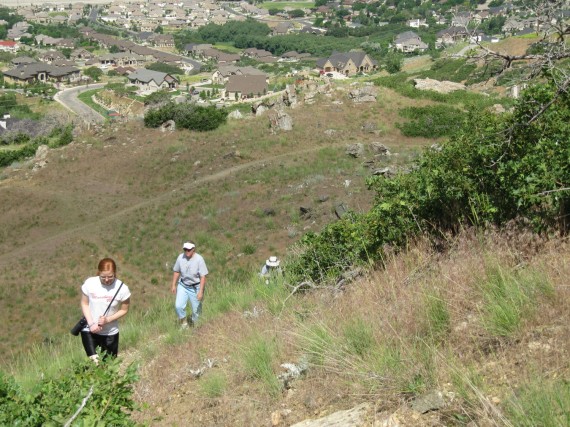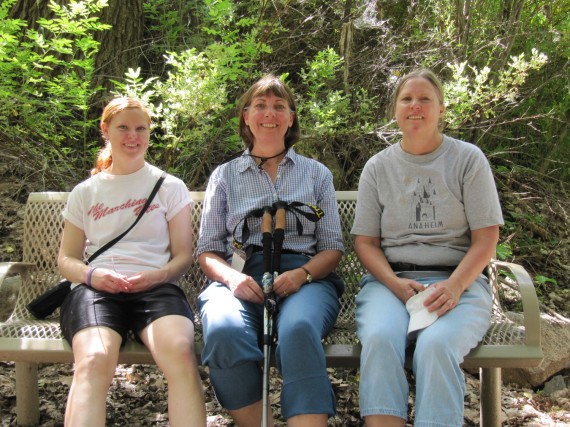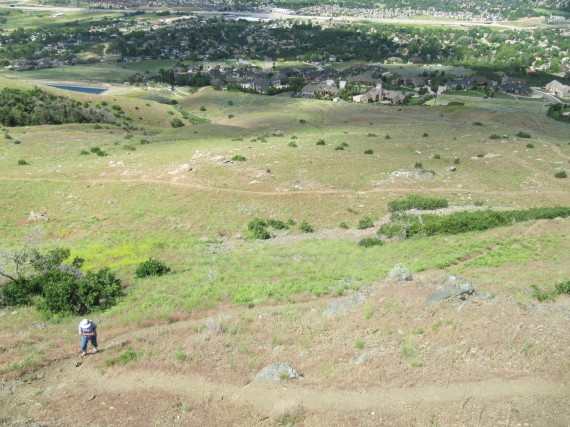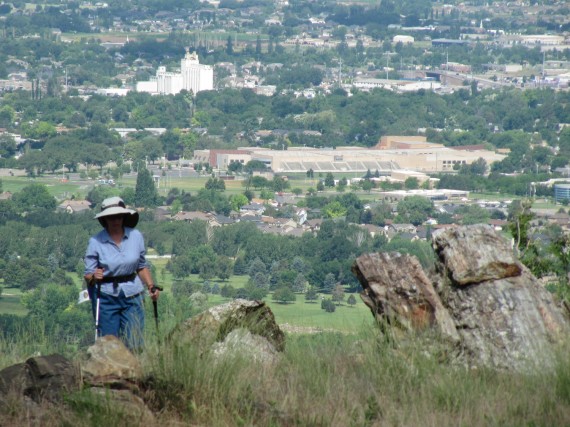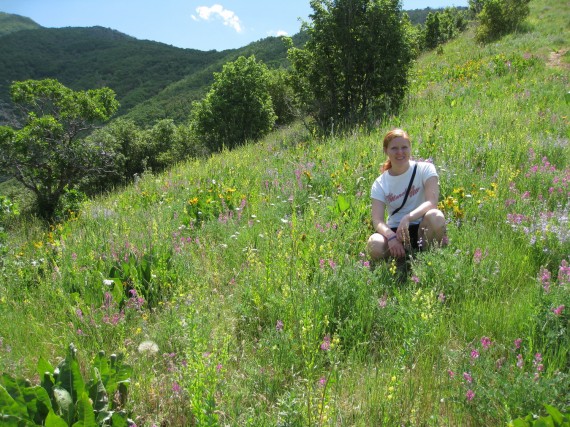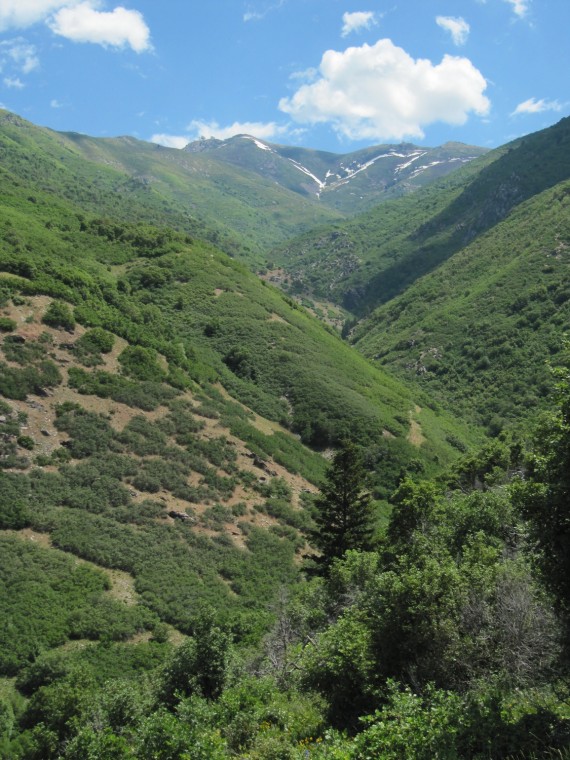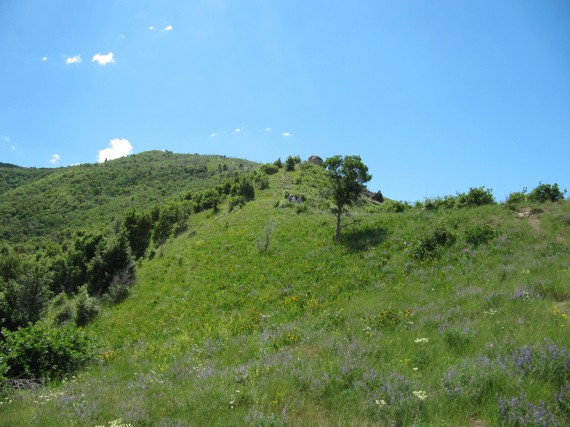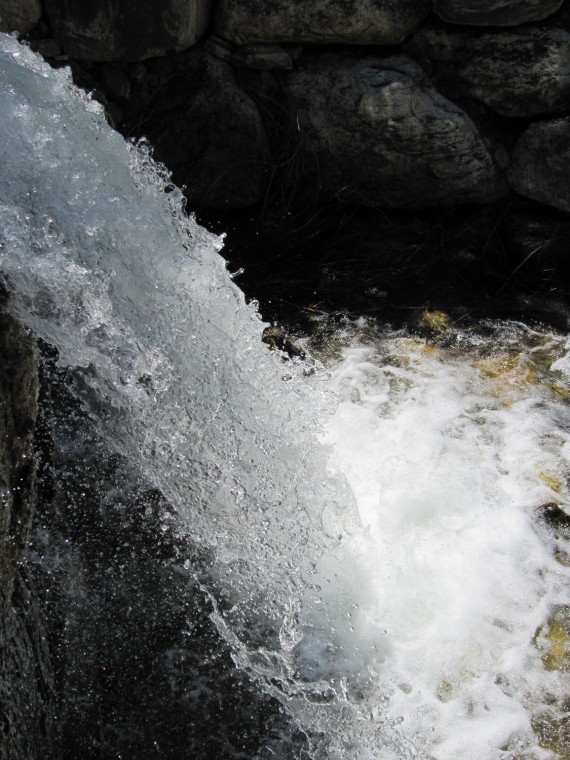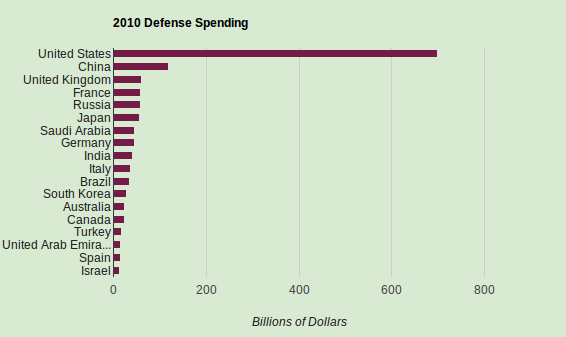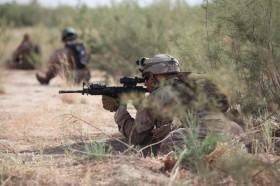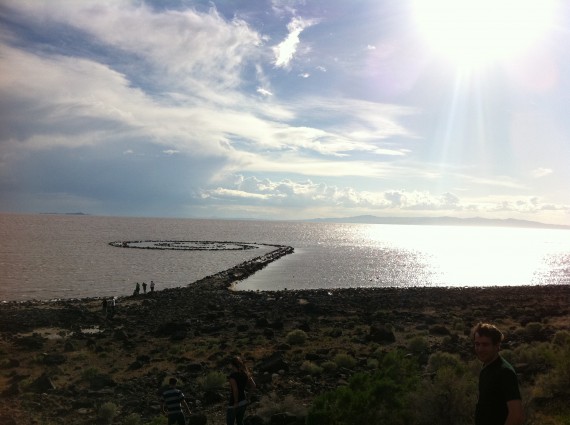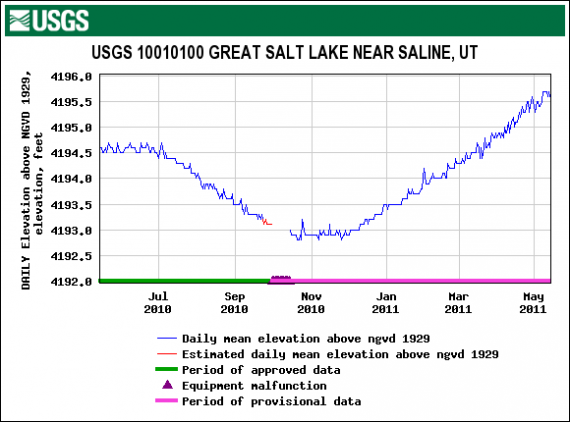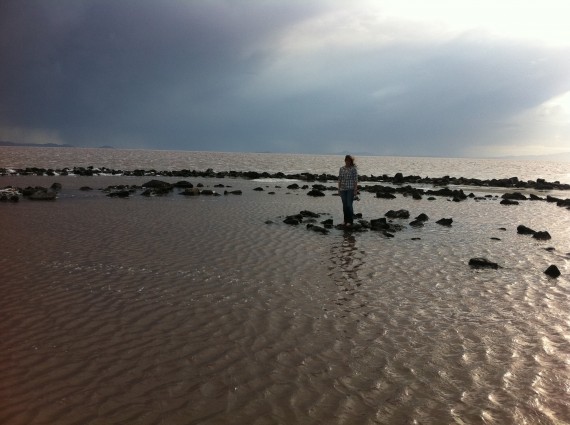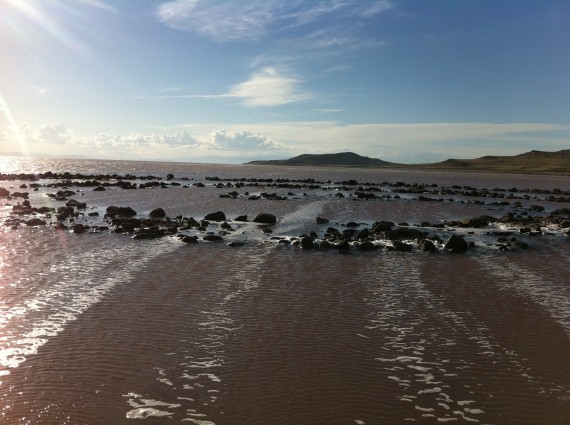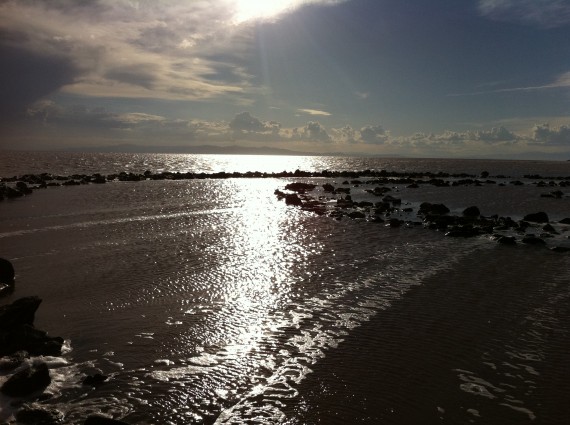The complete updated membership statistics are available at United States LDS Membership.
 The ranks of The Church of Jesus Christ of Latter-day Saints grew by 85,675 members in the United States during 2010. According to the 2012 Deseret News Church Almanac, the Church’s U.S. membership swelled to 6,144,582 as of January 1, 2011.
The ranks of The Church of Jesus Christ of Latter-day Saints grew by 85,675 members in the United States during 2010. According to the 2012 Deseret News Church Almanac, the Church’s U.S. membership swelled to 6,144,582 as of January 1, 2011.
States with the largest increases were Utah (25,966), Texas (9,239), Arizona (6,715), California (5,475), and Washington (4,923).
The states with the most members are Utah (1,910,343), California (763,370), Idaho (414,182), Arizona (387,950), and Texas (296,141). The most temples, including announced or under construction, are in Utah (15), California (7), Arizona and Idaho (5), and Texas (4).
The largest LDS state populations by percentage are in Utah (68%), Idaho (27%), Wyoming (11.5%), Nevada (6.7%), and Arizona (5.8%). 20 states have Mormons representing over 1 percent of their populations and 13 states have a Mormon population of over 2 percent. States with the least Mormons are District of Columbia (0.37%), New Jersey (0.36%), and Rhode Island (0.35%).
24 states have 10 or more stakes each. The most stakes are in Utah (546), California (157), and Idaho (121) while there are no stakes in Rhode Island and District of Colombia.
2008 saw a membership decline in only one state, South Carolina. In 2009 it was Michigan’s turn to see a decline of 43 members. In 2010, Michigan with a membership loss of 237 was joined by West Virginia (-169), Delaware (-25), New Hampshire (-7), and Vermont (-2).



